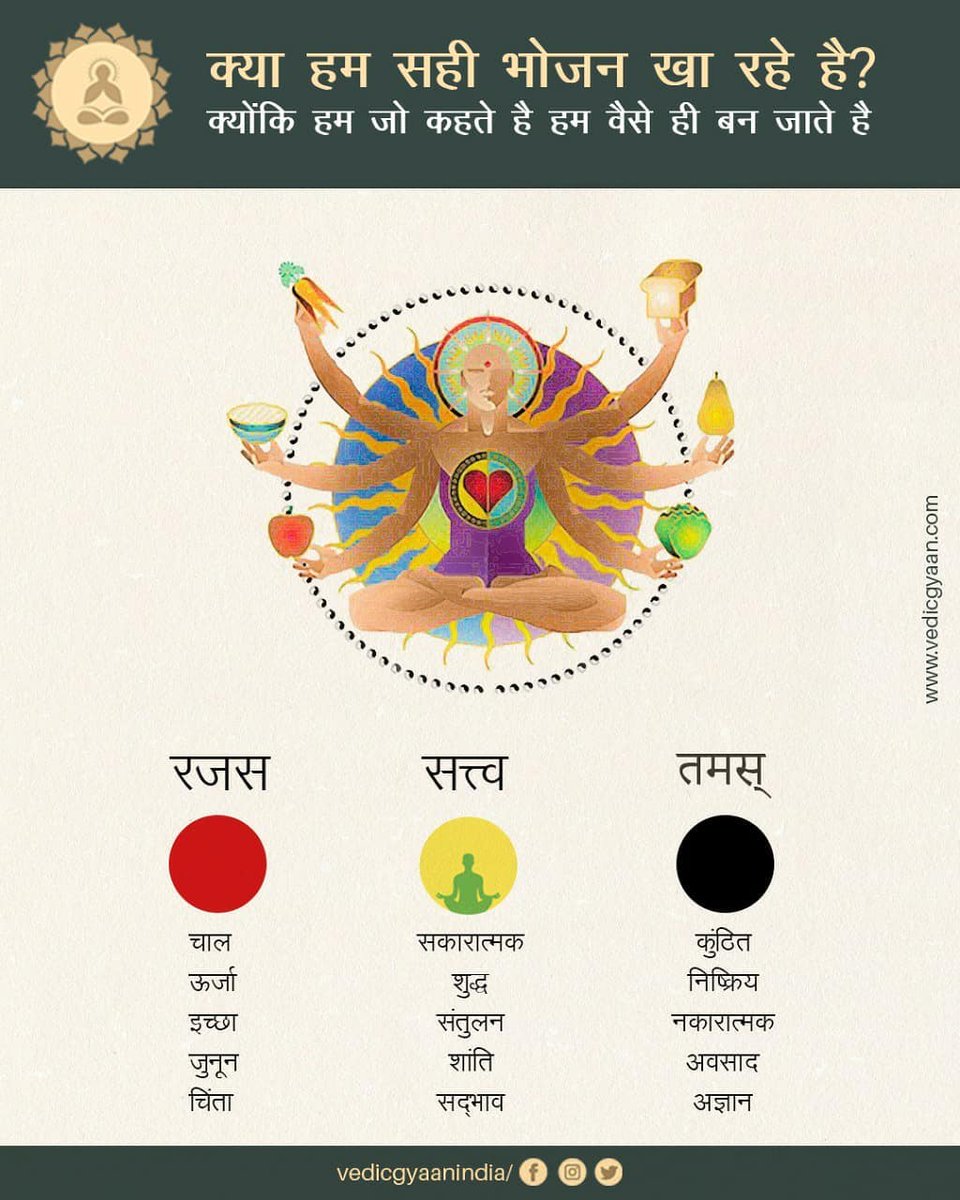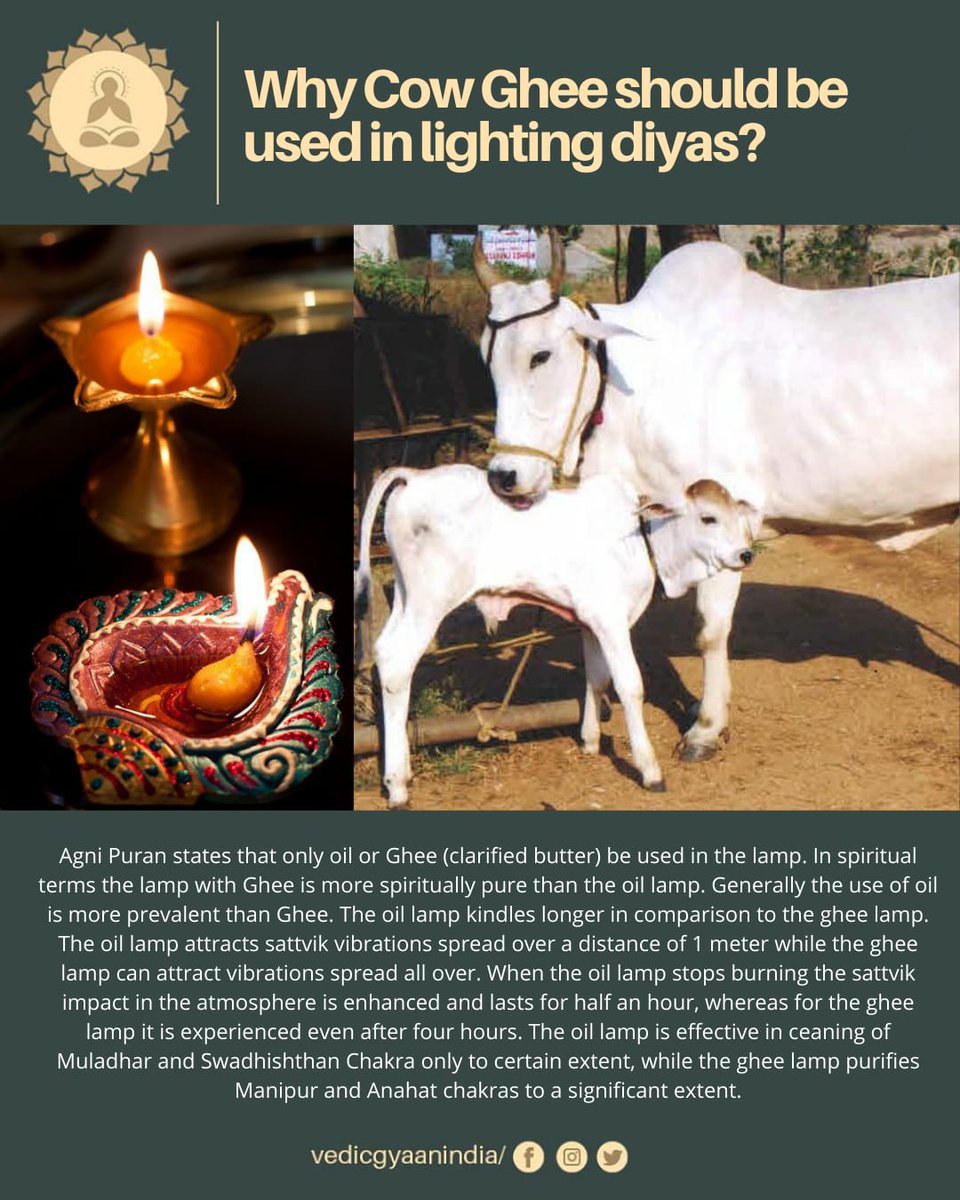
Are we eating right? Because what we eat we become. The food we eat nourishes our body, but there is much more than nourishment. Our Vedic scriptures distinguish food into three categories based on its effect on our body on the physical and mental level. Understanding the food 



we intake is necessary to ensure it benefits our body. Food in Sanatan Dharma is not just “any nutritious substance that people or animals eat or drink or that plants absorb in order to maintain life and growth”.
According to the Vedic scriptures, food is beyond what is eaten
According to the Vedic scriptures, food is beyond what is eaten
through the mouth and digested by the body. In Sanatan Dharma, food is understood to affect one’s thoughts, emotions, and mind, and food can lead to God-realization. Food is distributed into three categories in Vedic Culture: Sattvic, Rajas, & Tamasic.BA Sattvic diet
incorporates simple, light, and healthy food. They are neither too sweet nor salty or spicy. Consuming Sattvic food helps in purifying our body and mind.
Food that we obtain after harming any living beings falls under Rajasic or Tamasic foods. Rajasic food accelerates the mind
Food that we obtain after harming any living beings falls under Rajasic or Tamasic foods. Rajasic food accelerates the mind
into action. A person consuming Rajasic food becomes restless. Rajasic food increases the energy level of our body stimulating, every part of the system. However, it promotes aggression and reckless behavior. Sometimes a person becomes dominating due to their extreme violent
nature and robustness. Foods prepared by harming living beings fall under the Rajasic or Tamasic category. Tamasic foods become heavy to our digestion system. Stale or oily food also falls under Tamasic food. Tamasic foods lack life force in the diet and lead to a confused state
of mind. Tamasic food promotes laziness, slowness, clumsy behavior, etc.
Read full blog on: vedicgyaan.com/vedic-distribu…
• • •
Missing some Tweet in this thread? You can try to
force a refresh










